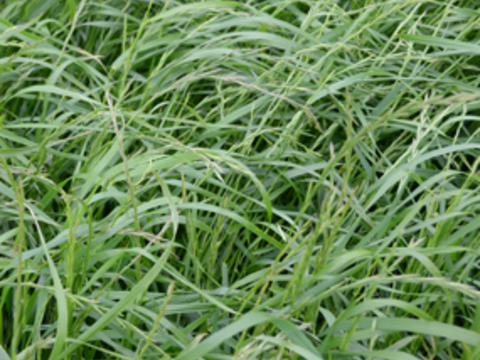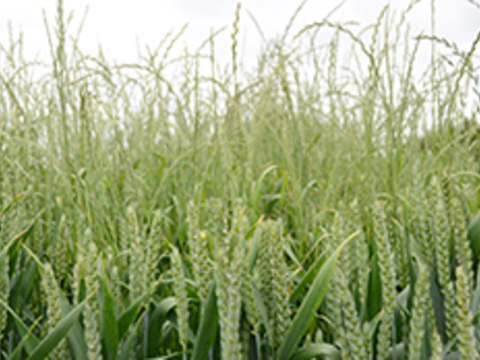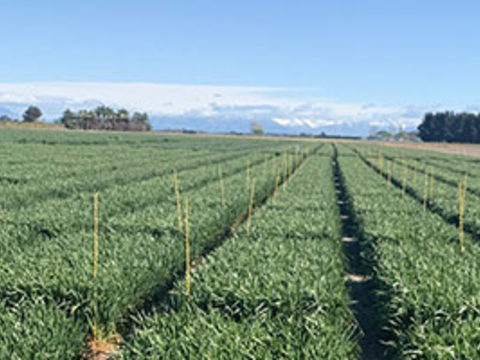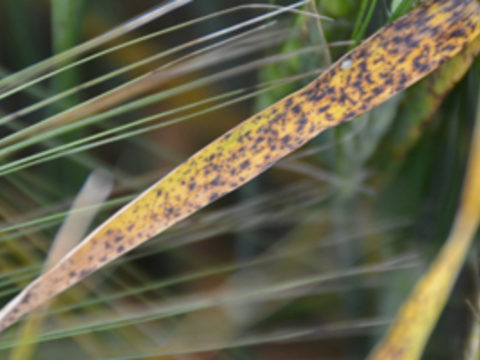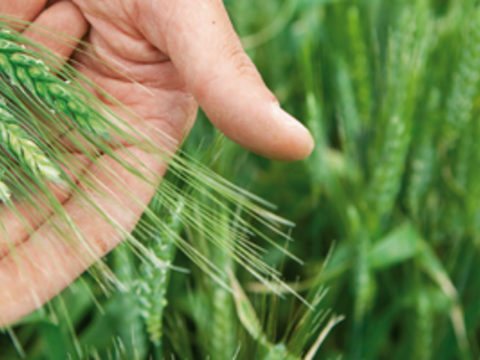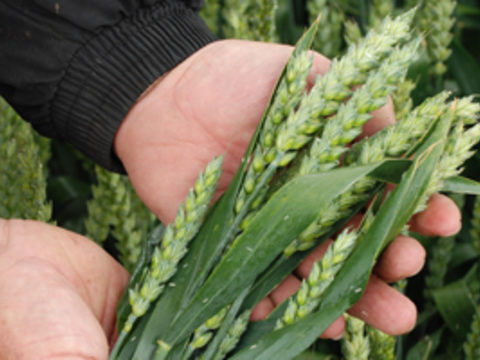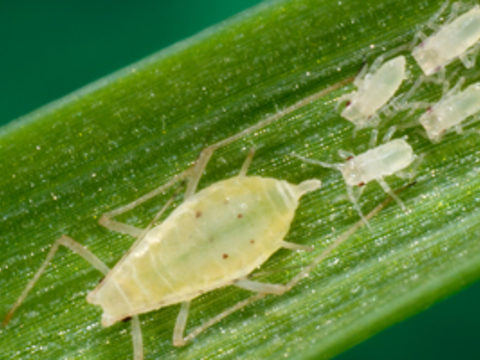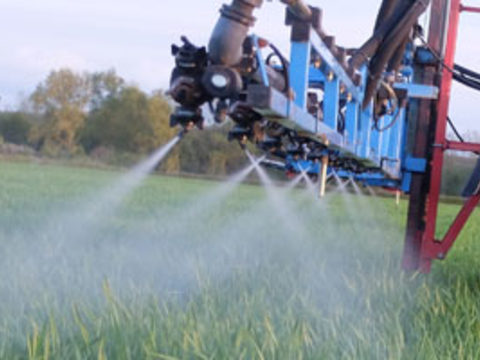Tackling wild oat and grass weed resistance
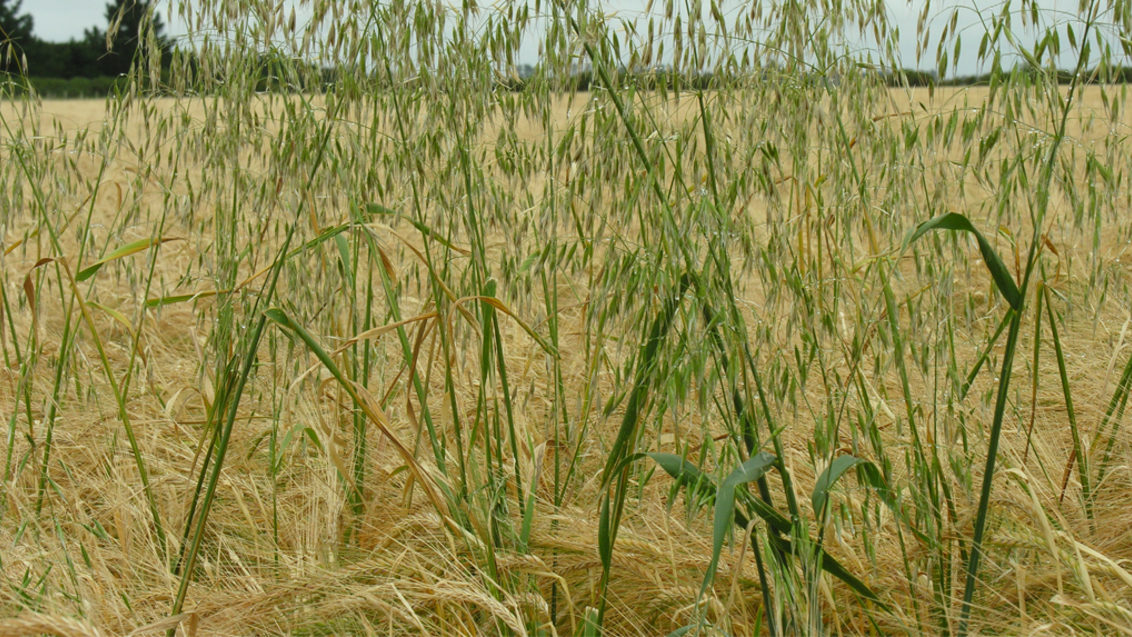
Wild oat and grass weed resistance is a growing problem in New Zealand
In cereals, wild oats and grass weeds have been controlled for many years in New Zealand by selective post-emergence herbicides.
The most commonly used selective herbicides belong to Group A herbicides which includes the fops, dims and dens (eg. Twinax®, Puma® S, Foxtrot®); and Group B herbicides which includes the sulfonyl-ureas (eg. Glean®, Simplicity®).
Using the same herbicide group over many years increases the likelihood of herbicide resistance and consequently poor weed control.
Although grass weed resistance is currently less of a problem in New Zealand than some countries, Group A and Group B herbicide resistance has been confirmed in Canterbury, and the problem is certain to become more widespread in the future.
To reduce the risk of Group A herbicide resistance:
• Do not make more than one application of a Group A herbicide in the same season.
• Treat weeds while small (preferably prior to 1st node) using full label rates.
• Rotate crops and alternate chemistry with different modes of action (ie. Group B herbicides).
• Any surviving plants should be removed by cultural or chemical method prior to seed-set, to prevent seed returning to the soil.
The Syngenta Resistance In-Season Quick (RISQ) Test
Syngenta has developed the RISQ (Resistance In-Season Quick) test, to help growers determine if wild oats and ryegrass are susceptible to Twinax (Group A herbicide containing pinoxaden) and/or pyroxsulam (Group B herbicide).
The RISQ test requires a sample of 100 grass seedlings at the 1 to 3 leaf stage. Test results take only 14 to 21 days, which allows growers to confirm if they have resistance before applying the herbicide in the current season.
The RISQ test can also be conducted with mature wild oat or ryegrass seeds collected prior to harvest, and results from this method can take up to 12 weeks. The seedling and seed RISQ tests are available through Syngenta resellers at a cost of $250 and $300 respectively (plus GST) per test to the grower.
Other reasons for poor grass weed control
Poor grass weed control does not necessarily mean you have herbicide resistance. Some of the more common causes of poor control include;
• Spraying weeds too late (after GS29), when they are harder to control at label rates.
• Crop shielding weeds from herbicide application.
• Secondary strike of grass weeds.
• Spraying in wind, resulting in patchy weed control.
• Spraying weeds under stress from drought, frost or waterlogging.
• Soil temperature too low for active weed growth, reducing herbicide uptake and translocation.
• Insufficient competition from the growing crop.
Click here to download the Technote on managing wild oats and grass weed resistance in cereals.


